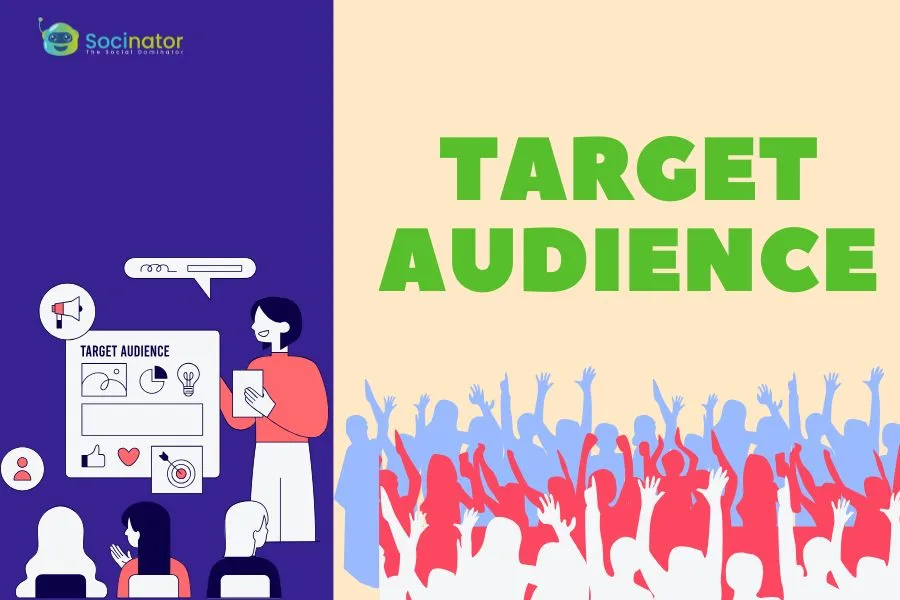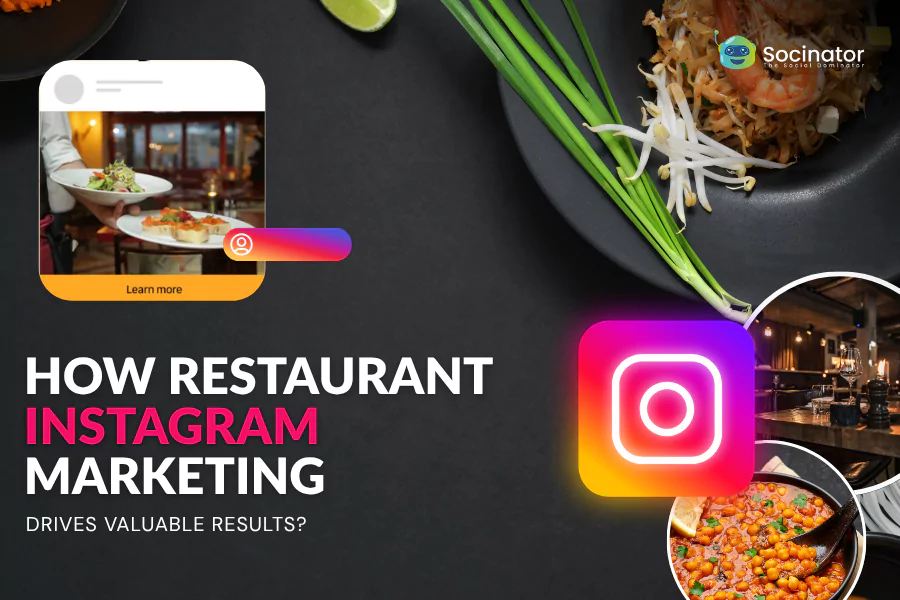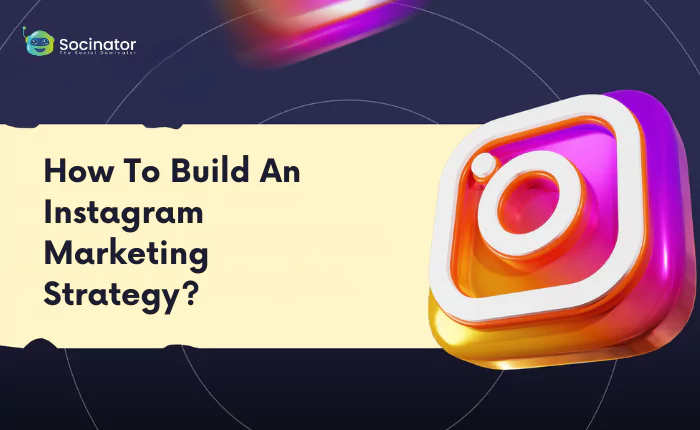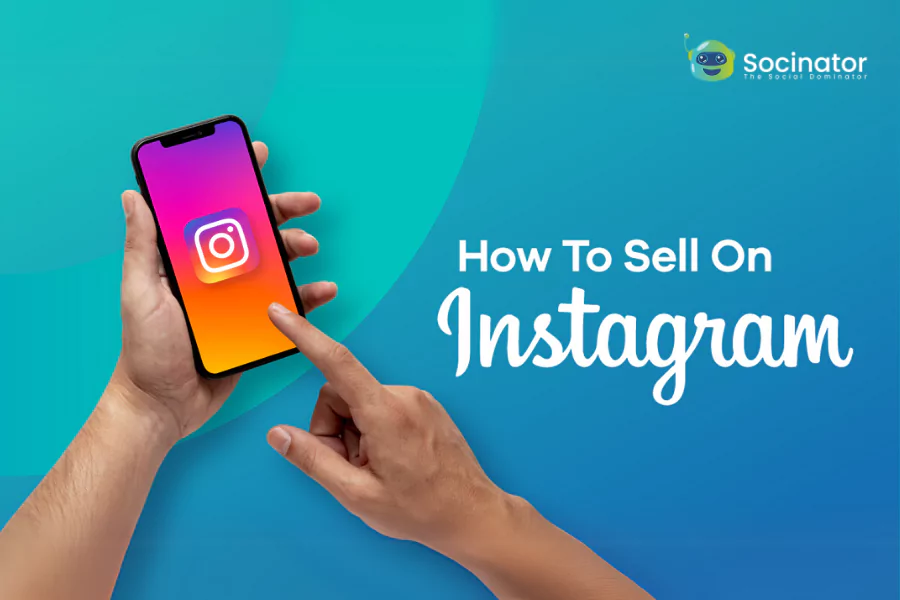Every successful business has one thing in common: it knows exactly who they are speaking to. Instead of trying to appeal to everyone, they focus on a specific group of people who are most likely to connect with their brand. This group is called the target audience.
Knowing your target audience helps you craft better messages, design products people actually want, and spend your marketing budget wisely. Without it, even the most creative campaigns can fall flat because they fail to reach the right people.
Think of it this way: if you’re selling premium fitness gear, your target audience isn’t everyone who likes exercise; it’s likely health-conscious individuals who value quality, durability, and style. Identifying that audience ensures your efforts are focused, effective, and rewarding.
In this blog, we’ll explore what a target audience is, why it matters, the different types of audience segments, and practical steps to identify your perfect one. We’ll also look at examples, mistakes to avoid, and how tools like Socinator can help you reach the right people with ease.
You can also Listen to out Podcast here,
What is a Target Audience?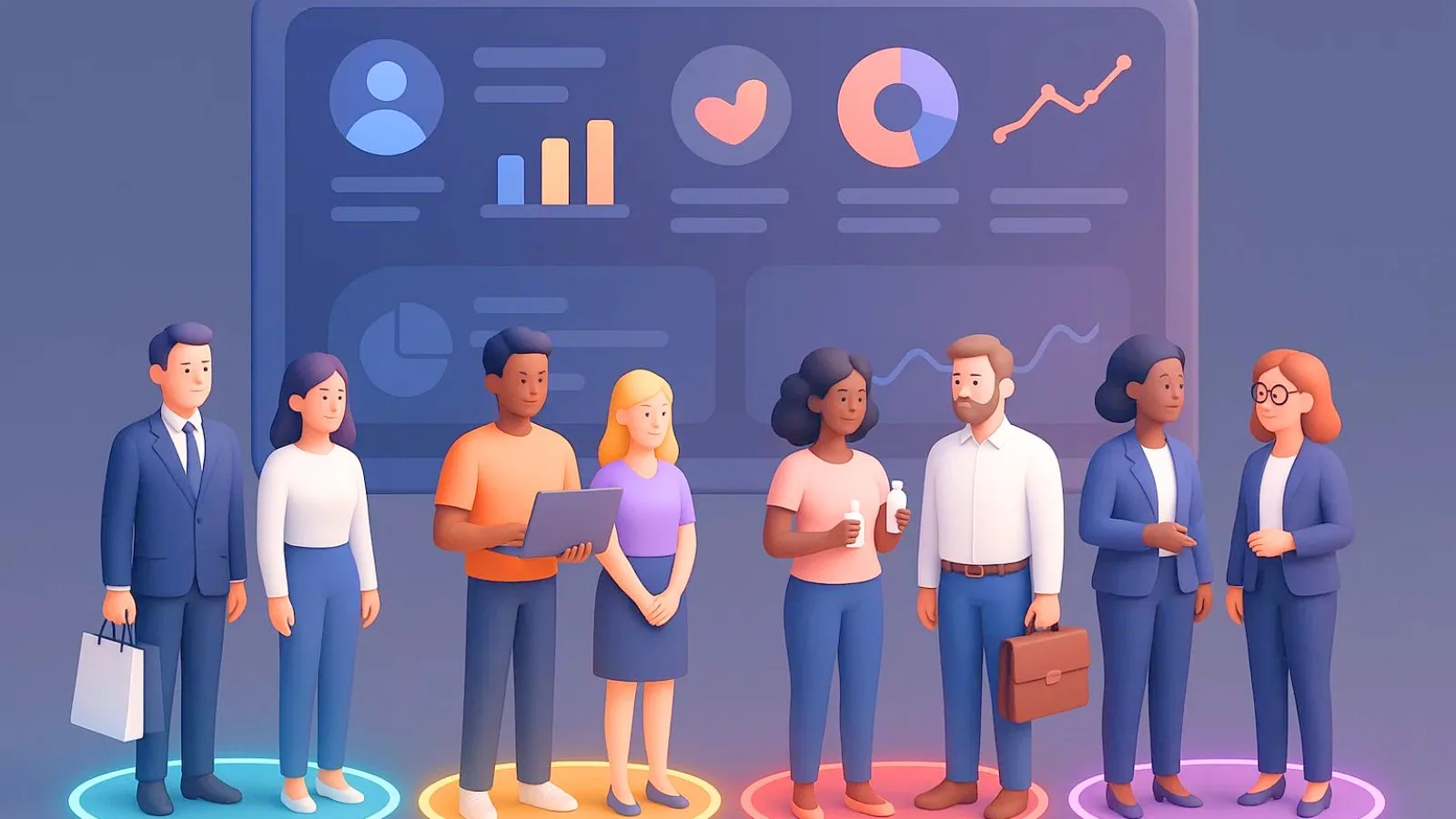
A target audience is the specific group of people most likely to be interested in your product or service. They often have things in common like age, hobbies, lifestyle, or location that shape how they connect with your brand.
Instead of trying to market to everyone, focusing on a target audience allows businesses to concentrate efforts where they’ll have the most impact.
For example, if you run an online skincare store, your target audience might be young adults who care about natural beauty products and eco-friendly packaging. On the other hand, a B2B software company might focus on small business owners looking for cost-effective digital solutions.
Defining your target customer demographics, like age, gender, income, or occupation, is often the first step. But a target audience goes beyond just numbers. It also includes psychographic details, such as values, interests, and lifestyle, which help businesses create marketing messages that truly resonate.
In simple terms, your target audience is the group of people who are not only interested in what you offer but are also most likely to buy from you.
Why Defining Your Target Audience Matters?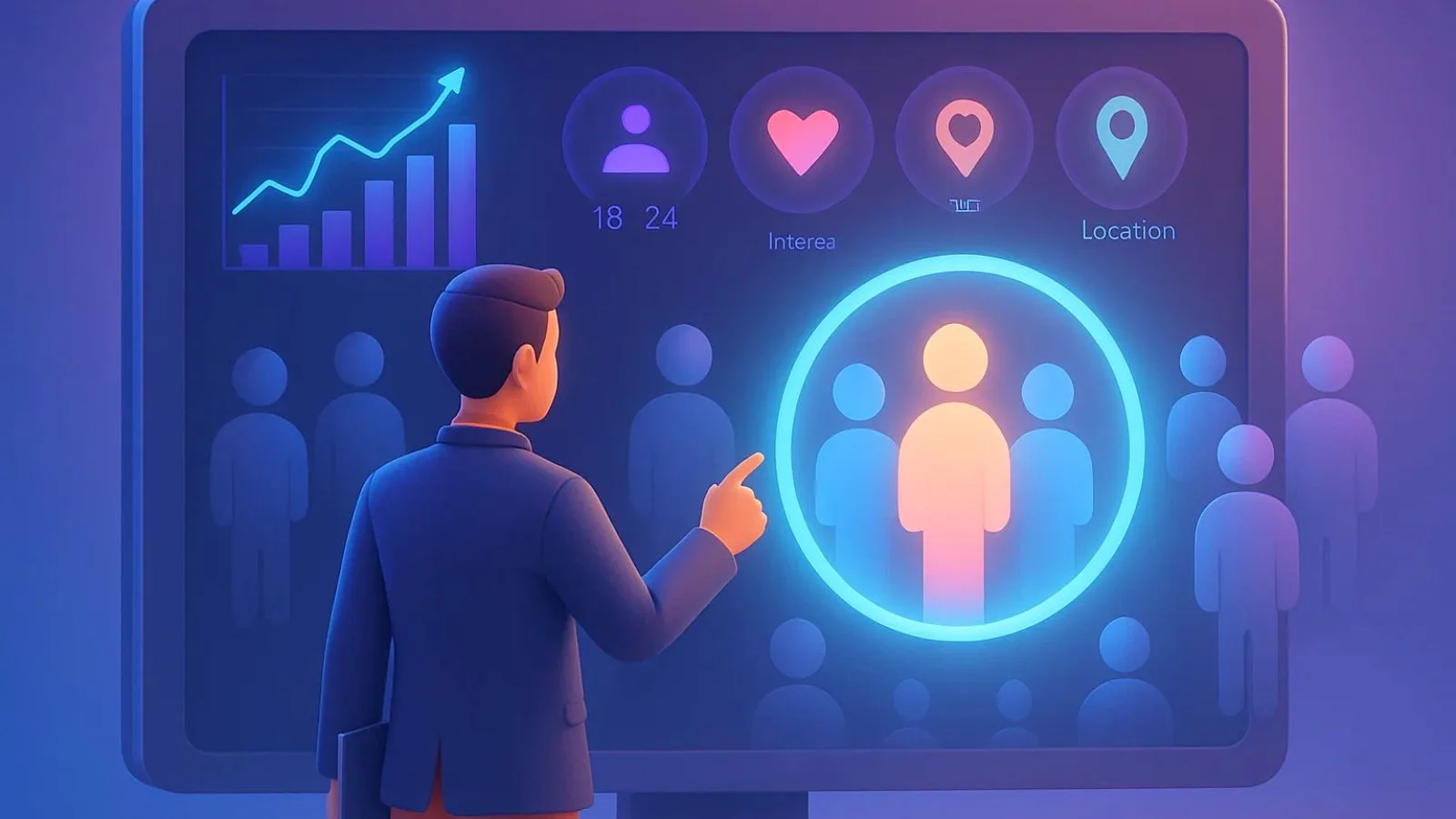
Knowing your target audience is one of the most powerful steps in building a successful business. Without it, you risk wasting time, money, and effort on people who may never convert into loyal customers.
When you clearly define your target audience, you can:
- Create better marketing messages – Instead of generic promotions, you can craft content that speaks directly to the needs, emotions, and desires of your ideal buyers.
- Save resources – By focusing on the right group, your marketing campaigns become more efficient, reaching people who are more likely to engage and purchase.
- Boost conversions – Personalized strategies increase the chances of turning prospects into paying customers.
- Strengthen customer loyalty – People feel more connected to brands that understand them, which leads to long-term relationships.
For example, social media platforms now offer advanced tools for social media ad targeting. Businesses can choose specific interests, age groups, or even a lookalike audience to ensure ads reach people similar to their existing customers. This level of precision only works when you’ve already defined who your target audience is.
In short, defining your audience helps you stop shouting into the void and start having meaningful conversations with the right people.
Different Types of Target Audience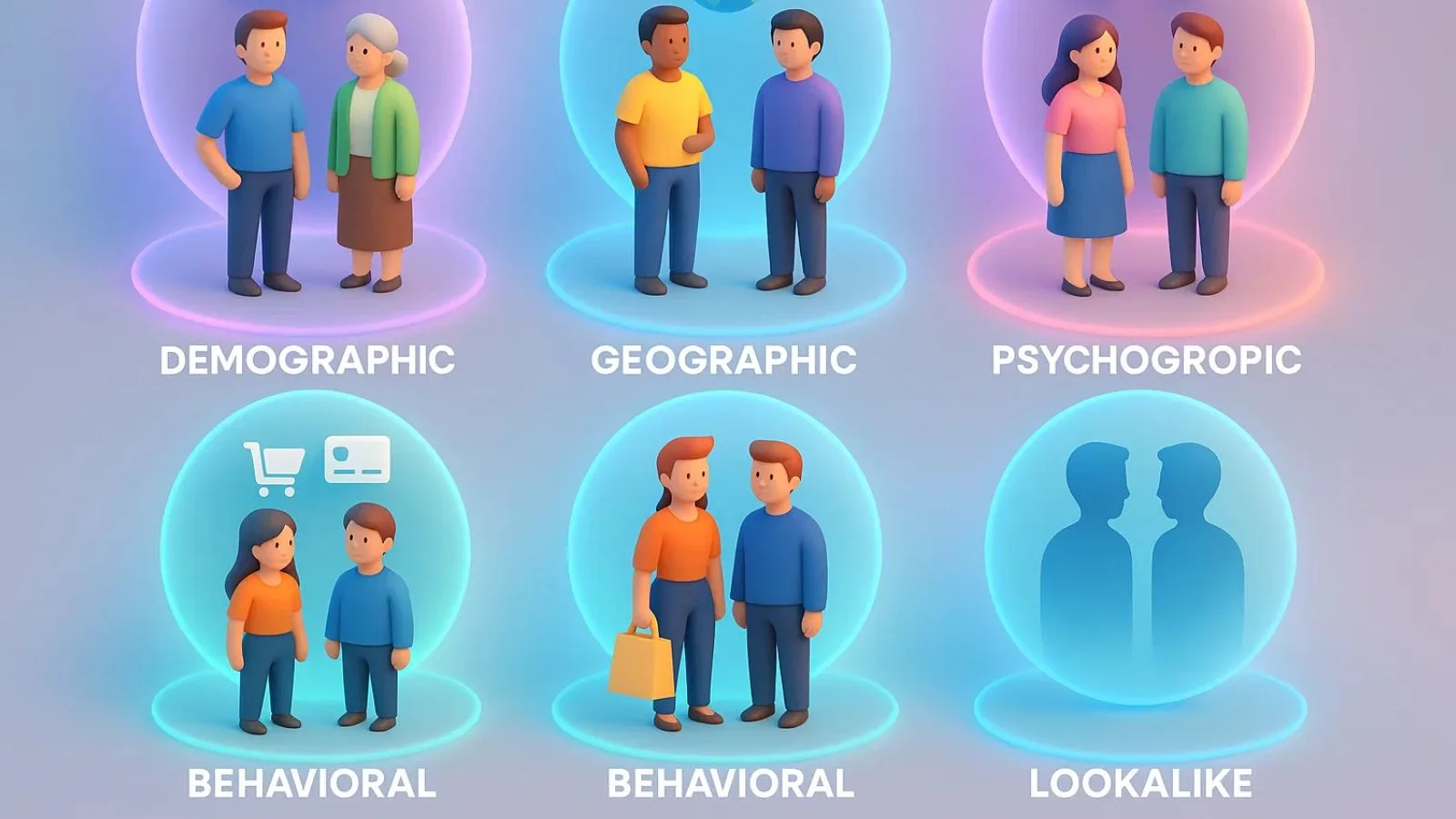
Not all customers are the same, and that’s why breaking down your target audience into categories makes your strategy more effective. Let’s look at the most common types:
- Demographic Audience
This is based on details like age, gender, income, education, and occupation. For example, a luxury watch brand might focus on high-income professionals. These are your target customer demographics, and they play a huge role in shaping your marketing. - Geographic Audience
Location matters. A local café will aim at people within its city, while an e-commerce brand may target international buyers. - Psychographic Audience
This type looks beyond basic details and dives into interests, values, and lifestyles. For example, a fitness app may attract people who value health and personal growth. - Behavioral Audience
These groups are defined by actions, such as shopping habits, brand loyalty, or how often they engage with your content. - Lookalike Audience
A lookalike audience is created by analyzing your existing customer base and finding new people with similar characteristics. It’s especially useful for social media campaigns, as it expands your reach to individuals most likely to be interested in your brand.
By understanding these different categories of a target audience, you can customize your campaigns instead of trying a one-size-fits-all approach. Each type offers unique insights that can refine your marketing strategy.
Steps to Identify Your Target Audience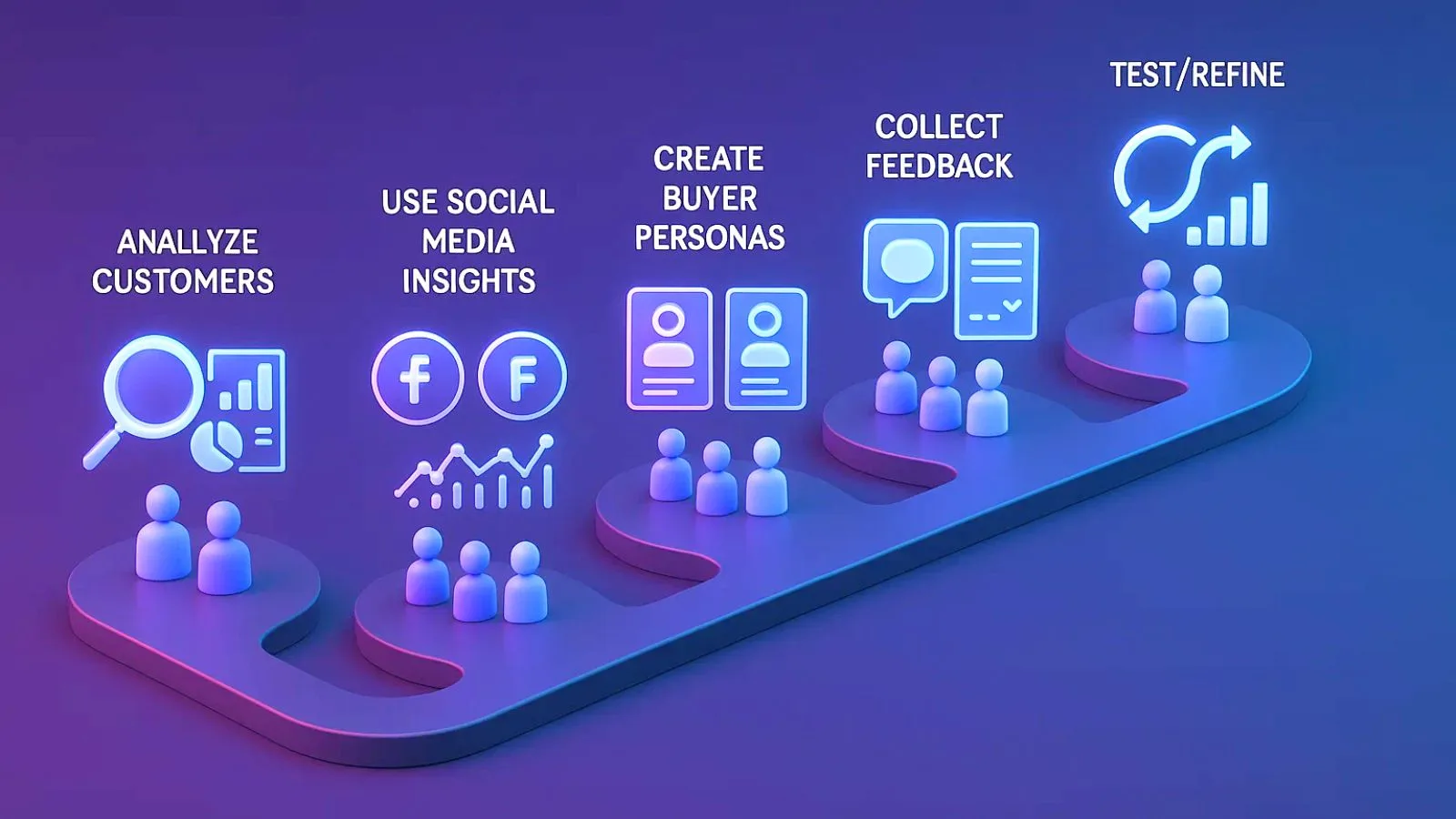
Finding your perfect target audience doesn’t have to be overwhelming. With the right steps, you can narrow down exactly who you should be focusing on. Here’s how:
- Analyze Your Current Customers
Start by looking at the people who already buy from you. What do they have in common? Their target customer demographics, such as age, income, or location, can reveal a lot about who connects with your brand. - Research Your Industry and Competitors
Take a closer look at your competitors’ audiences. Who are they targeting? What kind of engagement are they getting? Observing their approach can help you find opportunities to position your brand differently. - Use Social Media Insights
Platforms like Facebook, Instagram, and LinkedIn offer detailed analytics. This is also where social media ad targeting comes into play—you can filter audiences based on behaviors, interests, and demographics to test what works best. - Create Buyer Personas
A buyer persona is an imaginary profile that represents your perfect customer For example, “Emma, a 28-year-old digital marketer who loves eco-friendly brands and shops online twice a month.” Creating 2–3 personas helps you picture exactly who you’re speaking to. - Collect Feedback and Surveys
Asking your audience directly is one of the most effective methods. Short surveys or feedback forms can reveal what your customers value most. - Test and Refine
Identifying a target audience isn’t a one-time activity. Run campaigns, analyze the results, and adjust your approach as needed. The more you test, the clearer your ideal audience becomes.
These steps help you define and connect with your audience in a way that feels personal and effective.
Target Audience Examples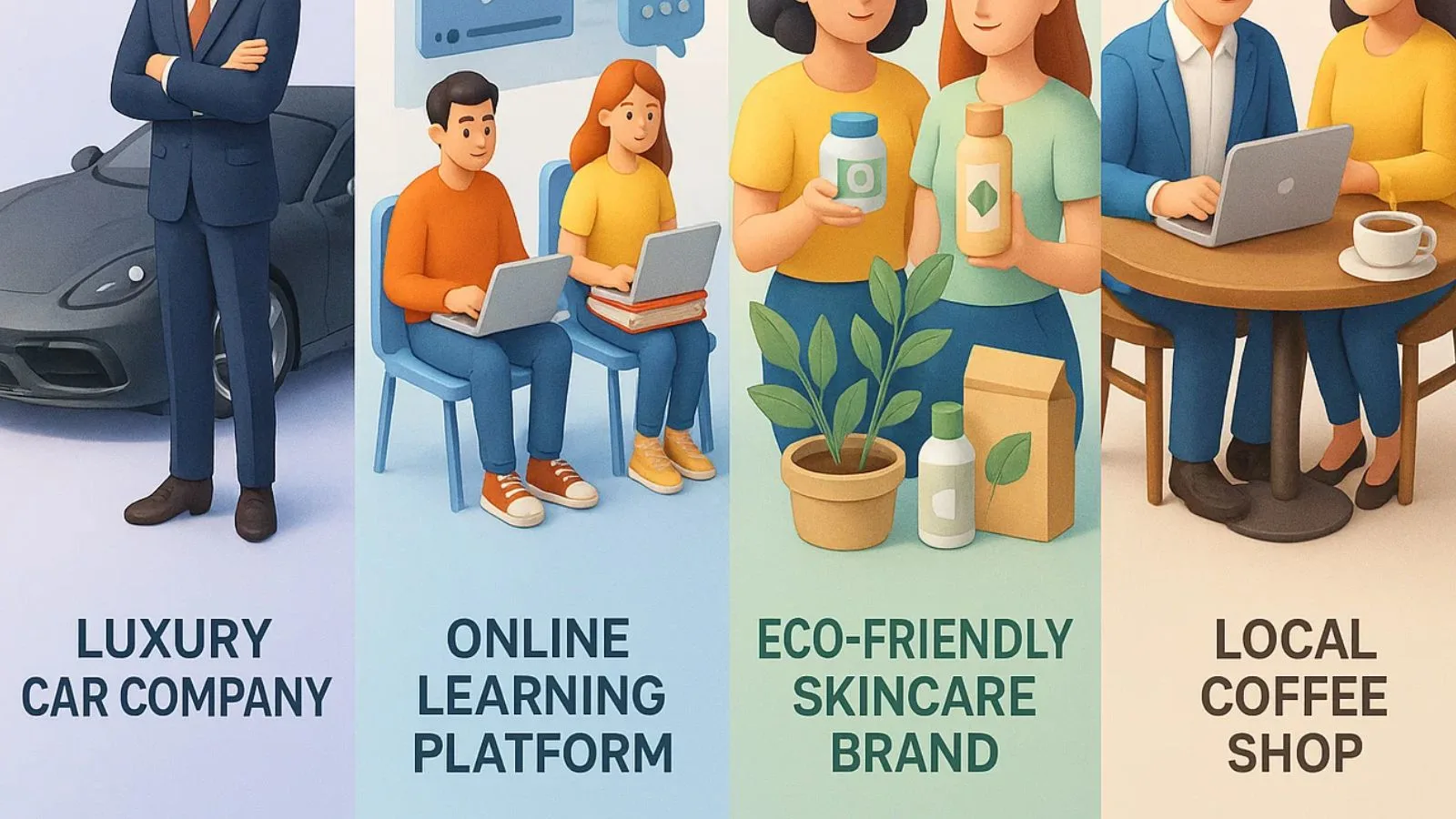
Sometimes it’s easier to understand a target audience by looking at real-world cases. Here are a few clear target audience examples across industries:
- Fitness Brand
- Audience: Young adults (18–30), health-conscious, urban dwellers.
- Why it works: This group values wellness, gym memberships, and fitness gear. Marketing messages can focus on energy, lifestyle, and body goals.
- Luxury Car Company
- Audience: High-income professionals aged 35–55.
- Why it works: They care about performance, design, and prestige. Campaigns often highlight exclusivity and status.
- Online Learning Platform
- Audience: Students and working professionals looking to upskill.
- Why it works: They want affordable, flexible learning. Ads can focus on career growth and accessibility.
- Eco-Friendly Skincare Brand
- Audience: Women aged 20–40, interested in sustainability and natural products.
- Why it works: Campaigns can highlight organic ingredients, cruelty-free practices, and eco packaging
- Local Coffee Shop
- Audience: Residents within a 5-mile radius, mostly working professionals.
- Why it works: They value convenience, quality coffee, and a cozy atmosphere.
Each of these target audience examples shows how specific details shape marketing strategies. Instead of casting a wide net, businesses succeed when they clearly define who they’re speaking to and tailor their approach.
How to Research and Analyze Your Target Audience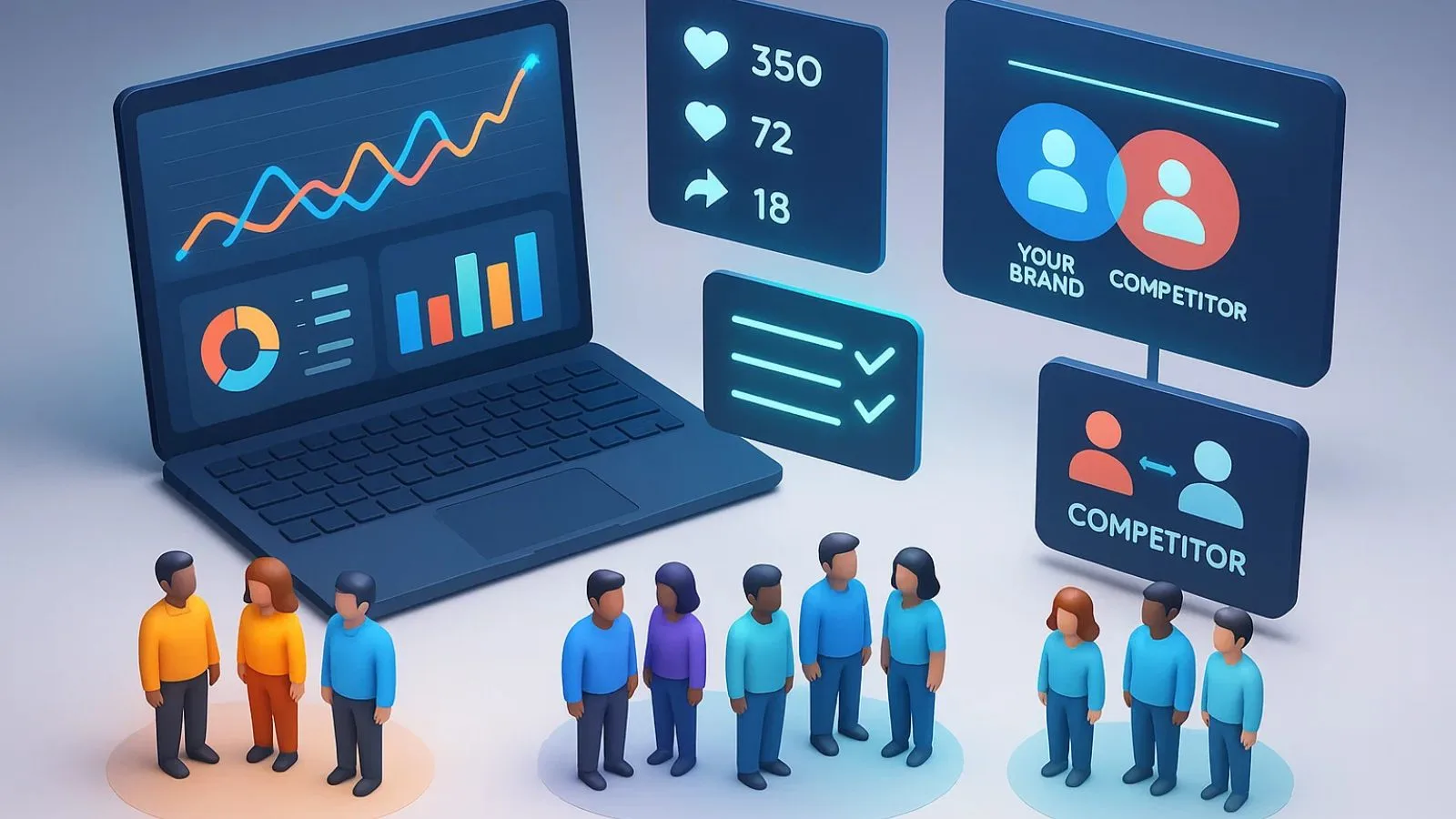
Once you know the basics of a target audience, the next step is diving deeper into research and analysis. This ensures that your strategies are based on real data, not just assumptions. Here’s how you can do it:
- Use Analytics Tools
Tools like Google Analytics, Facebook ad Insights, and Instagram metrics show who visits your site or interacts with your content. You’ll see age groups, locations, interests, and behaviors—all key in shaping your campaigns. - Track Social Media Engagement
Your followers’ likes, shares, and comments can tell you what resonates most. This is where social media ad targeting becomes powerful, letting you test which posts drive the most interaction. - Survey Your Customers
Short surveys or polls are a direct way to understand customer needs. Ask about preferences, challenges, and expectations. This gives you firsthand insights into your target audience mindset. - Monitor Competitors
Look at who engages with your competitors’ brands. Their strategies can reveal gaps or opportunities you can tap into. - Segment Your Audience
Instead of treating your audience as one big group, break them into smaller segments—such as frequent buyers, casual browsers, or first-time visitors. Each segment requires a slightly different approach. - Look for Trends
Keep an eye on industry trends and cultural shifts. A target audience today may have different preferences tomorrow, especially in fast-moving industries like fashion, tech, or food.
By researching and analyzing effectively, you can shape campaigns that don’t just reach people; they connect with the right people.
The Role of Target Audience in Marketing Strategy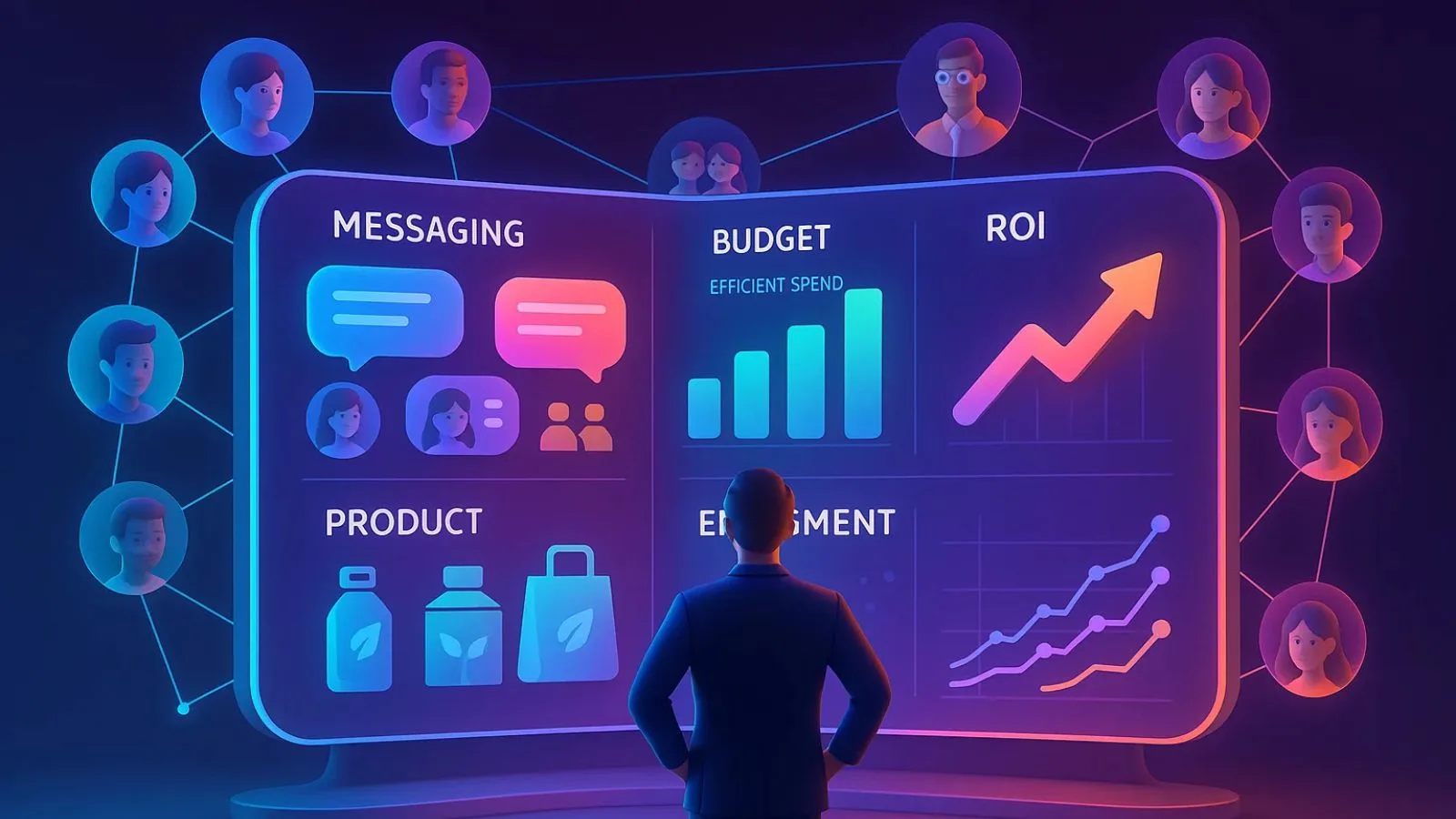
Your marketing strategy is only as strong as your understanding of your target audience. No matter how creative a campaign may be, if it doesn’t reach the right people, it won’t deliver results. Here’s why the audience plays such a central role:
- Personalized Messaging
Knowing your audience helps you communicate in a way they understand. Instead of generic promotions, you can create messages that reflect their needs, values, and lifestyles. - Efficient Budget Use
Marketing budgets are limited. By focusing on a clear target audience, you avoid wasting resources on people who have no interest in your product or service. - Product Development
Insights into your audience can guide product features, packaging, and even pricing. For example, if your audience values sustainability, eco-friendly packaging can be a strong selling point. - Stronger Engagement
A defined audience ensures your content resonates more deeply. The right blog posts, ads, or social campaigns will spark genuine interaction. - Better ROI
Aligning campaigns with your target audience improves conversion rates, as your efforts are directed toward people most likely to take action.
Think of your target audience as the foundation of your marketing strategy. Without this clarity, even the most creative efforts can miss the mark. With it, every piece of content, ad, and campaign has a stronger chance of success.
Common Mistakes to Avoid in Target Audience Identification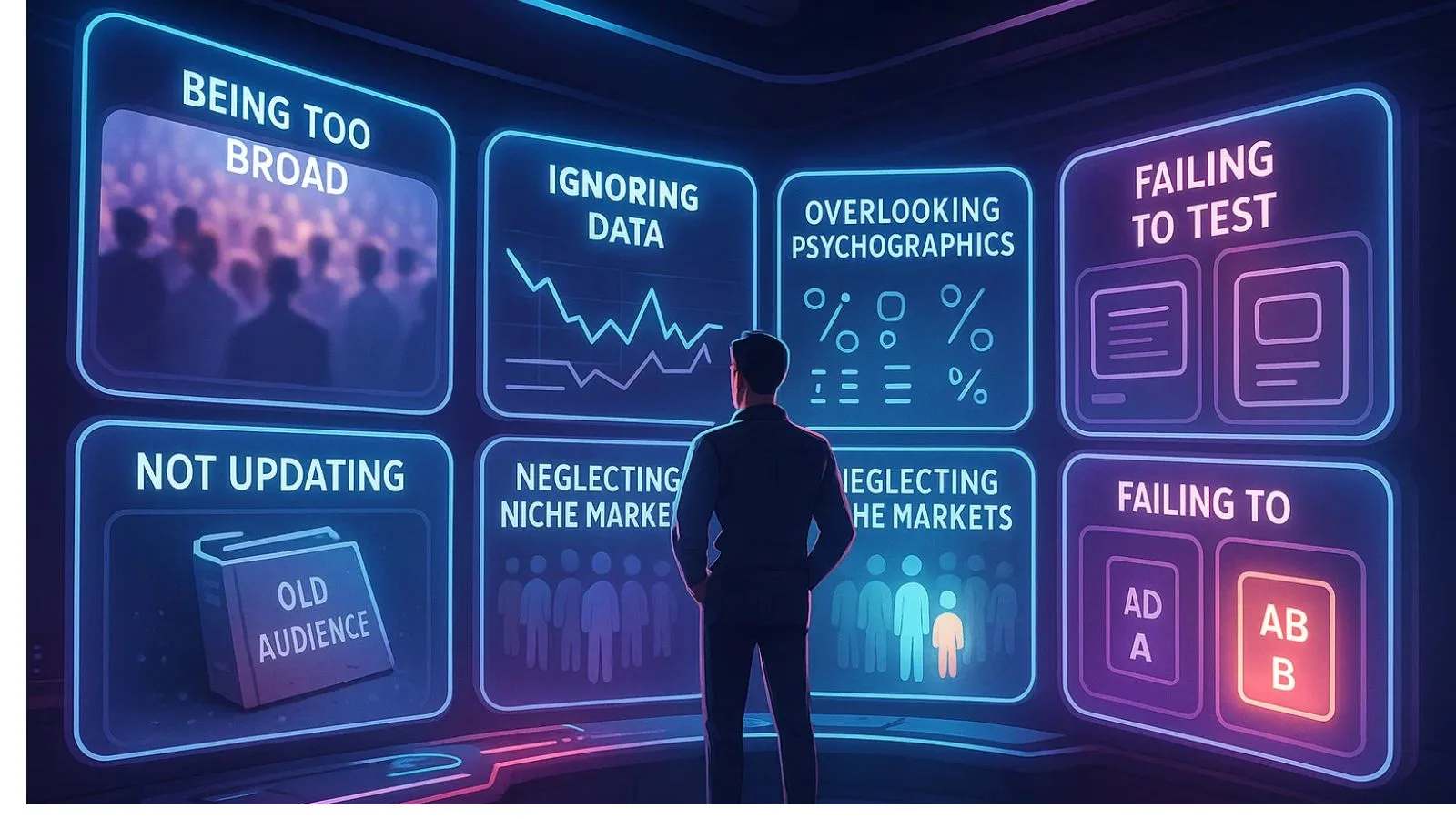
Defining your target audience is crucial, but many businesses fall into traps that limit their success.
- Being Too Broad
Trying to reach “everyone” means your message connects with no one. Narrowing your target audience ensures your campaigns feel personal and relevant. - Ignoring Data
Making guesses about your audience without research can waste time and money. Rely on analytics, surveys, and customer behavior to support your decisions. - Overlooking Psychographics
Focusing only on target customer demographics like age or income misses the bigger picture. Interests, values, and lifestyles often reveal why people buy. - Not Updating Your Audience
Audiences evolve. Sticking with outdated data means you risk losing touch. Review and update your target audience often to keep up with changes. - Neglecting Niche Markets
Sometimes, smaller segments can be more profitable than going after large, general groups. Don’t underestimate the power of specialized audiences. - Failing to Test
Without testing different campaigns and messages, you won’t know what resonates most. Experimentation is key to refining your strategy.
Avoiding these mistakes will help you build a stronger connection with your target audience and prevent wasted effort on campaigns that miss the mark.
Using Tools to Define and Engage Your Target Audience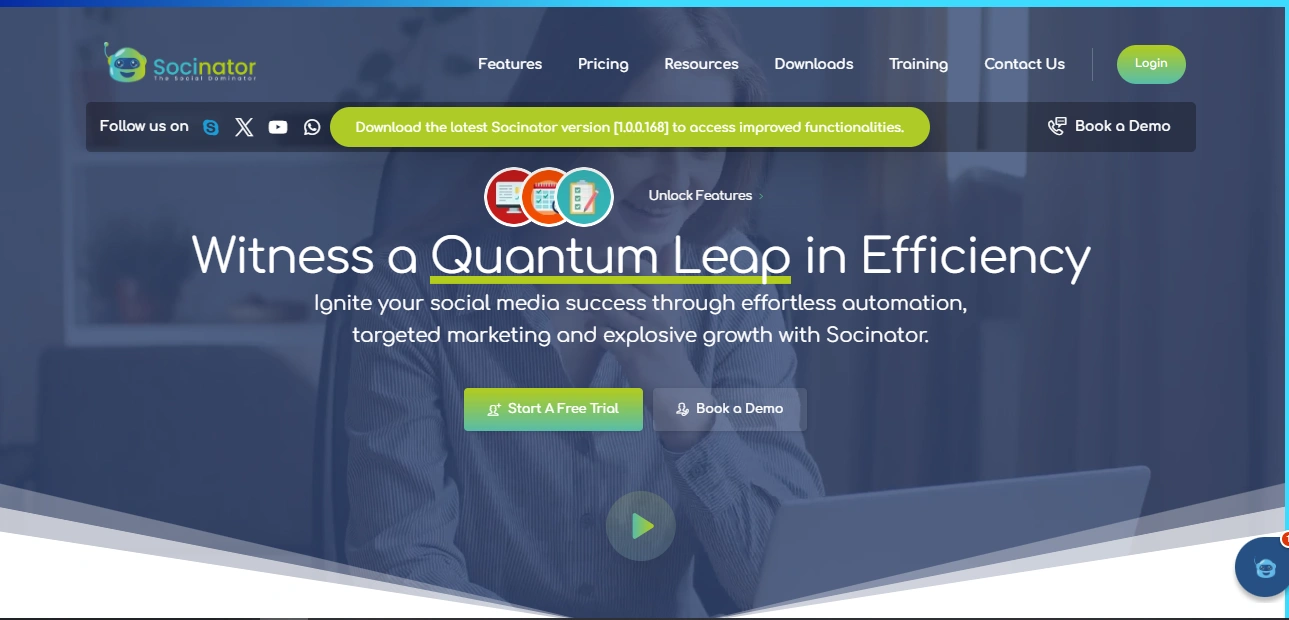
Identifying a target audience is only the beginning; engaging them consistently is what drives results. This is where automation and smart tools come into play.
One powerful tool that can help is Socinator. Known as the “social dominator,” it’s designed to simplify audience engagement across multiple platforms. With features like automated posting, scheduling, and advanced social media ad targeting, you can focus on building relationships instead of spending hours on repetitive tasks.
Here’s how Socinator supports reaching your target audience:
1. Audience Insights
Socinator provides detailed analytics about your followers and post engagement. You can track who interacts with your content, what type of posts perform best, and when your audience is most active. These insights help you understand your audience’s preferences and fine-tune your marketing strategies for better reach and results.
2. Automated Engagement
With Socinator, you can automate likes, comments, follows, and even direct messages across multiple platforms. This consistent interaction keeps your profiles active and visible, helping you stay on top of audience minds without needing to be online all the time. It’s like having a digital assistant that keeps your brand engaged 24/7.
3. Multi-Platform Management
Managing multiple social accounts can be time-consuming. Socinator simplifies this by bringing all your platforms — like Instagram, Facebook, Twitter, LinkedIn, and YouTube into one dashboard. This makes it easy to plan, monitor, and respond across all channels efficiently, ensuring your brand message stays consistent everywhere.
4. Content Scheduling
Posting regularly is key to maintaining engagement. Socinator allows you to schedule posts in advance so you can maintain consistency even during busy times. You can pick the best times for posting based on audience activity, ensuring your content reaches more people and gets maximum visibility.
By using Socinator, businesses can define, refine, and continuously connect with their target audience more effectively. Instead of guessing what works, the tool helps you engage with precision while saving time.
Tips for Engaging With Your Target Audience Effectively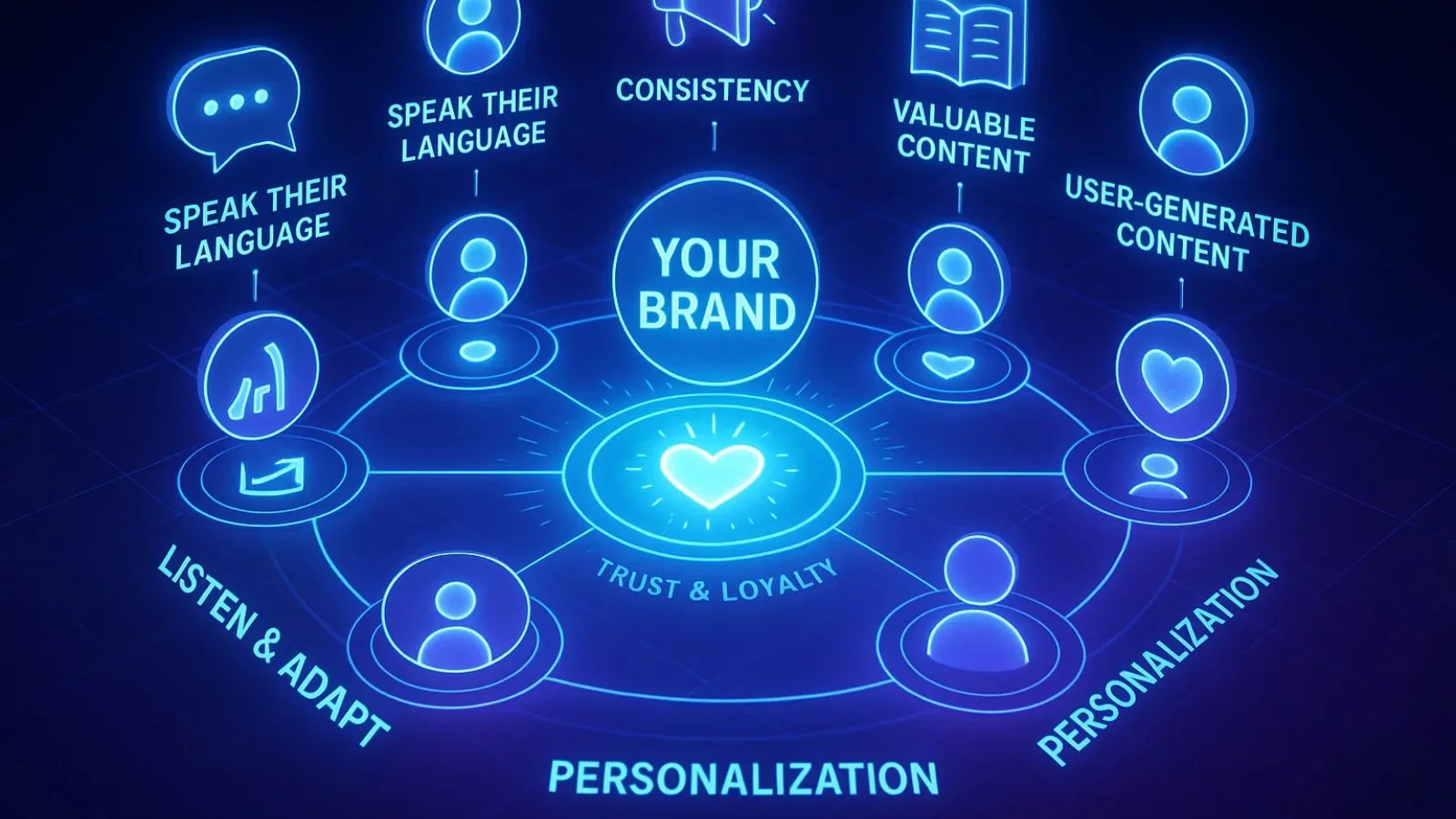
Once you’ve identified your target audience, the real challenge is keeping them engaged. Good engagement creates trust, encourages loyalty, and leads to sales. Here are some practical tips:
- Speak Their Language
Use the tone, style, and words that resonate with your audience. A playful brand may use casual words, while a financial service is more likely to use formal language. - Be Consistent Across Platforms
Your target audience should experience the same message across social media, email, blogs, and ads. Consistency builds brand recognition. - Share Valuable Content
Instead of only promoting products, share helpful tips, stories, or resources. This makes your brand a trusted source, not just a seller. - Leverage User-Generated Content
Encourage your audience to share experiences, reviews, or photos with your brand. It creates authenticity and boosts engagement. - Personalize Communication
Personal work goes a long way—addressing people by name in emails or tailoring recommendations based on behavior makes your target audience feel valued. - Encourage Interaction
Ask questions, run polls, or host Q&A sessions. Two-way communication keeps your audience active and connected. - Listen and Adapt
Pay attention to feedback and analytics. If something isn’t resonating, adjust your strategy. Your target audience will appreciate brands that listen.
Engagement isn’t about shouting the loudest; it’s about building meaningful connections with the people who matter most to your business.
Conclusion
Identifying and understanding your target audience is one of the most important steps in building a successful business strategy. When you know who you’re speaking to, your marketing becomes clearer, your budget works harder, and your message resonates more deeply. From studying target customer demographics to experimenting with social media ad targeting, every step brings you closer to building meaningful connections.
The key takeaway? Your target audience is not static. As trends shift and customer preferences evolve, so should your approach. Brands that listen, adapt, and use the right tools stay ahead. With solutions like Socinator, you can simplify the process of connecting with your audience and keep them engaged across multiple platforms.
In the end, the better you understand your target audience, the stronger your marketing, products, and customer relationships become.
Also Read,
FAQs About Target Audience
- What is a target audience in simple terms?
A target audience is the group of people who are most interested in and likely to buy your product or service. They share common traits like age, location, interests, or behaviors that help you tailor your marketing. - How do I find my target audience?
Start by analyzing your current customers, researching competitors, and using analytics tools. Creating buyer personas and testing campaigns will also help you refine your target audience over time. - Can I have more than one target audience?
Yes. Many businesses serve multiple groups, but it’s important to segment them. For example, a brand may market one product to students and another to working professionals—each as a unique target audience. - Why is it important to know your target audience?
Understanding your target audience helps you create personalized content, use your budget efficiently, and build stronger customer relationships. Without this clarity, marketing often becomes less effective.

